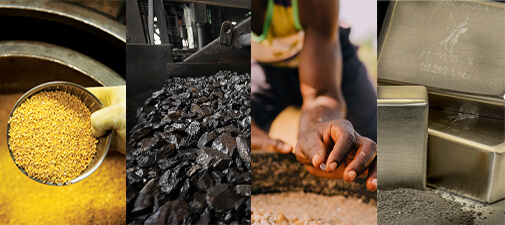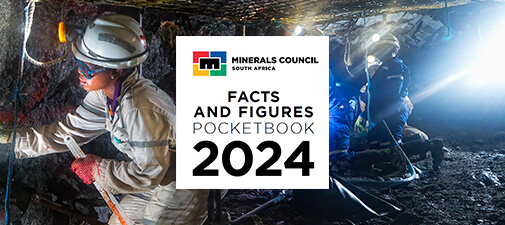The global market for platinum is 7 million ozs a year. Of this, 1 million oz is from the recycling of auto catalysts. The remaining 6 million oz is the result of mining, 90% of which is located in Southern Africa.
“As the world’s leading region for platinum group metals (PGMs), developing new applications has the potential to offer growth opportunities for both the platinum industry, and the country at large.”
A key development area for platinum is in fuel cells for the small and large-scale generation of electricity for mobile, stationary and portable applications.
Future energy
Fuel cells are not a new idea. The physics of them was established in 1838 and the first crude example was demonstrated in 1839. In the 1950s, General Electric chemists developed the concept using platinum as the catalyst for the necessary hydrogen/oxygen reactions. The first hydrogen fuel cell car was developed in 1991 and NASA used fuel cells for both the Apollo and Space Shuttle missions.
Private-public partnership
The Department of Mineral Resources recognises the demand growth challenge for energy, which is compounded by climate change effects, in addition to the added challenge of fossil-fuel-dependant power generation.
“An ideal opportunity for South Africa to become a global player in manufacturing and distribution of fuel cell components.”
The fuel cells industry potential, as a key benefactor, is thus strategically positioned to take advantage of this increased interest and demand, as it will accelerate PGM manufacturing in South Africa for both local consumption and export, driving the economy and creating sustainable jobs.
FACT:
Platinum is used in 3 out of 6 main types of fuel cell power plants globally.
National Development Plan: Job creation
The impact on job creation in the mining sector due to new market demand for platinum is significant and the associated manufacturing and servicing job opportunities, whilst not being high in number in comparison to the mining sector, provide advanced skills development opportunities.
Alternative energy and economic growth
“A fuel cell is a highly efficient and ultra clean power generation system that generates electricity and heat without combustion.”
Unlike a conventional power plant, the electrochemical reaction between hydrogen and oxygen with a fuel cell generates electricity directly, without undergoing an energy conversion process through fuel combustion, making it highly efficient, eco-friendly, and readily available for distributed generation as a next-generation energy source. The development of other fuel cell catalysts other than platinum poses a potential threat to the local beneficiation drive and in acting decisively to take a lead in the fuel cell value chain will see South Africa emerging as the custom engineered and integration, manufacturing and servicing hub of Africa.
A sustainable and financially viable joint Project
The feasibility work in progress has identified the distributed, static fuel cell application market as a short to medium focus for localisation in South Africa and Africa. Amongst others, it also identified enabling infrastructure and demand side interventions as key success requirements and hence the initial FC plant installation at the Chamber of Mines Head Office , to showcase a typical small scale energy solution to conventional electricity.
Over the past 40 years the fuel cell has progressed from development into application, broadening platinum’s clean energy credentials. The current world leader in application is South Korea. Yet the global market for fuel cells is still in its infancy and our involvement in market development and our partnerships with the South African government is a unique development opportunity. Of the many, platinum fuel cells could help address:
- Increasing demand for energy
- A high carbon footprint
- Job creation
- A beneficiation policy
![Logo MCSA [logo]](/templates/chamber/images/logo.svg)











